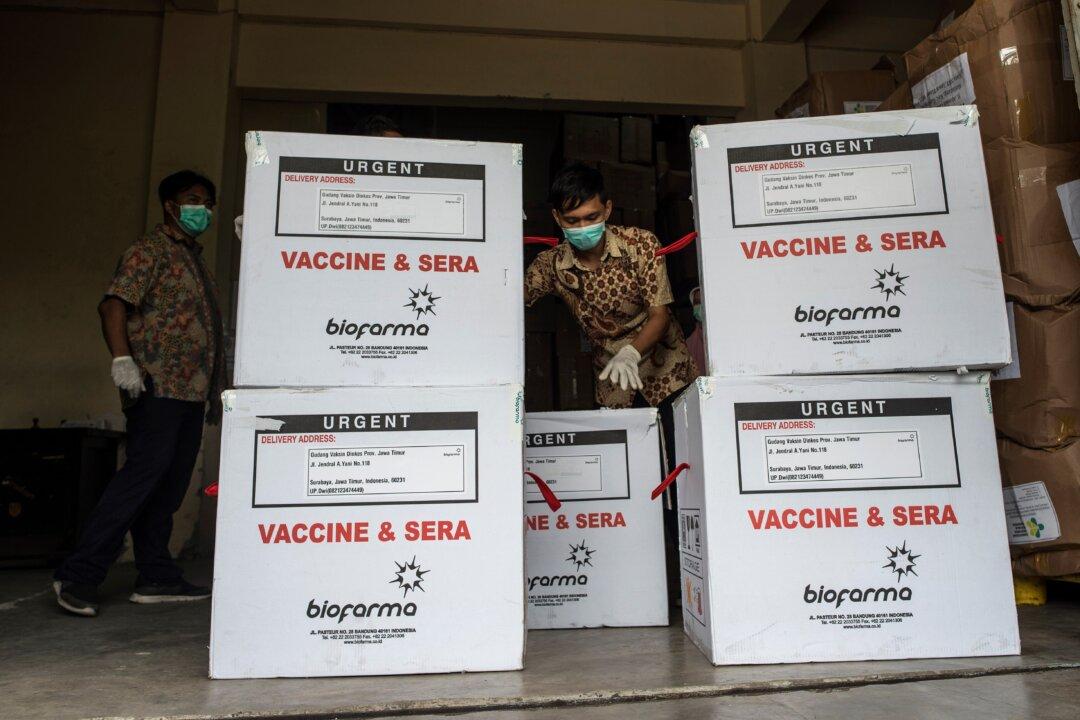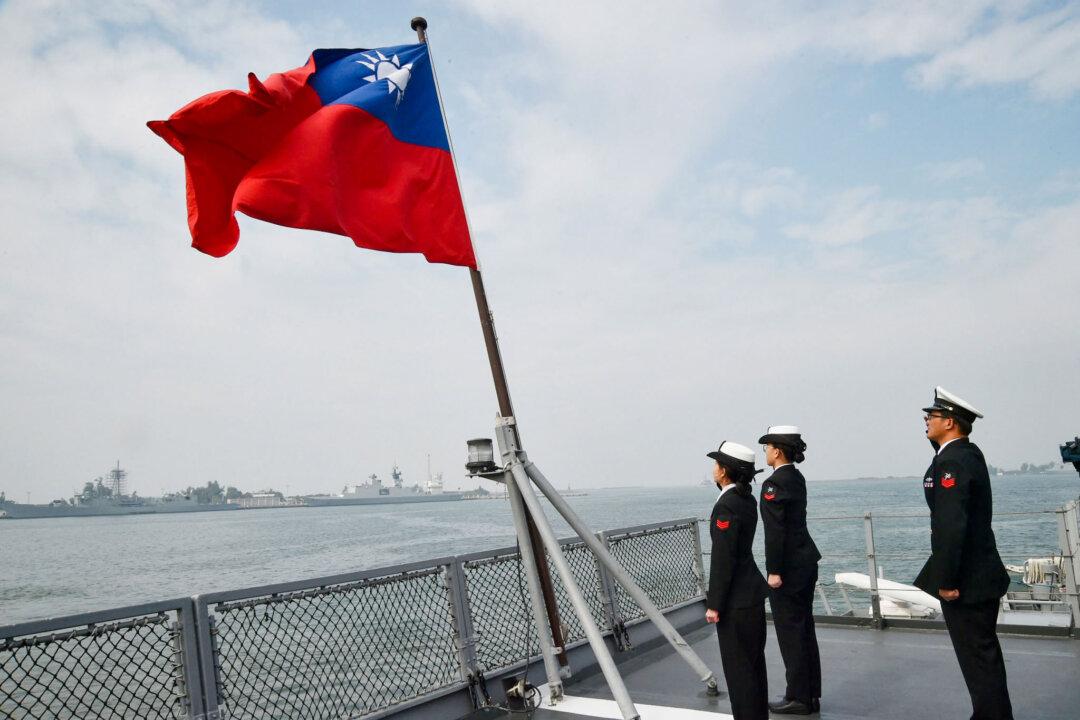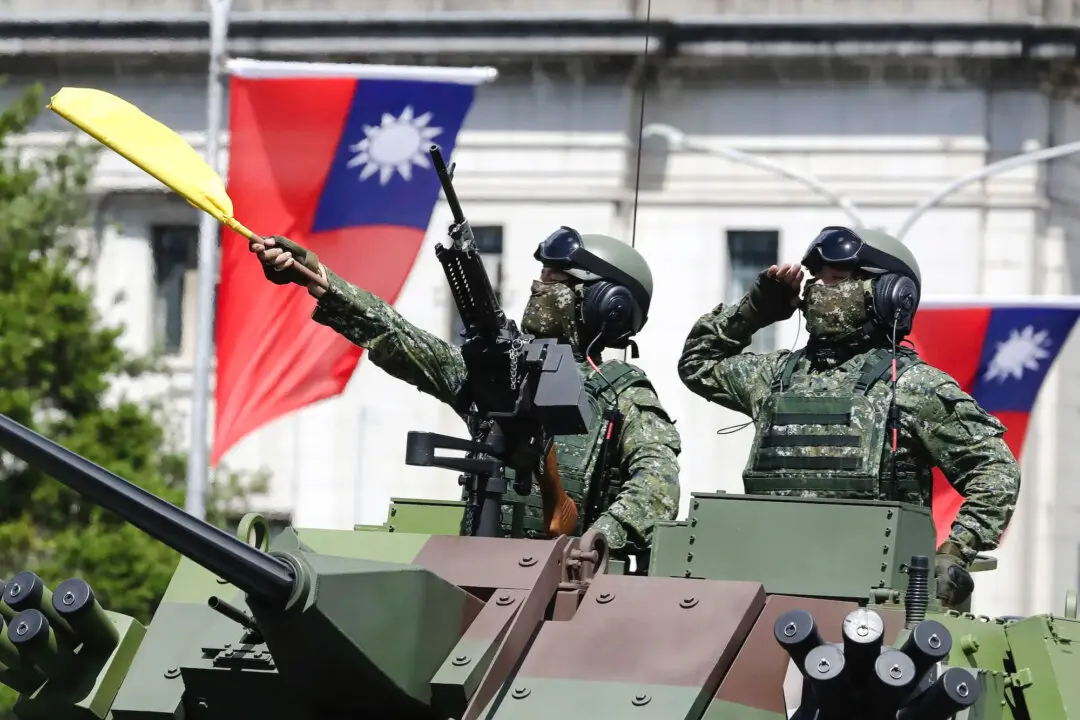U.S. policymakers should work with allies, particularly those in Southeast Asia, to counter the Beijing regime’s growing geopolitical clout, according to a recent report.
The 38-page report, which was a collaboration between Washington-based think tank Atlantic Council and the University of Denver and titled “China–US Competition: Measuring Global Influence,” compared quantifiable factors between the two countries across economic, political, and security dimensions. These factors include the amounts of goods traded and arms transferred, as well as shared intergovernmental organization membership. Then, an index was tabulated to describe how much influence China and the United States had over other countries for the period from 1960 to 2020.





